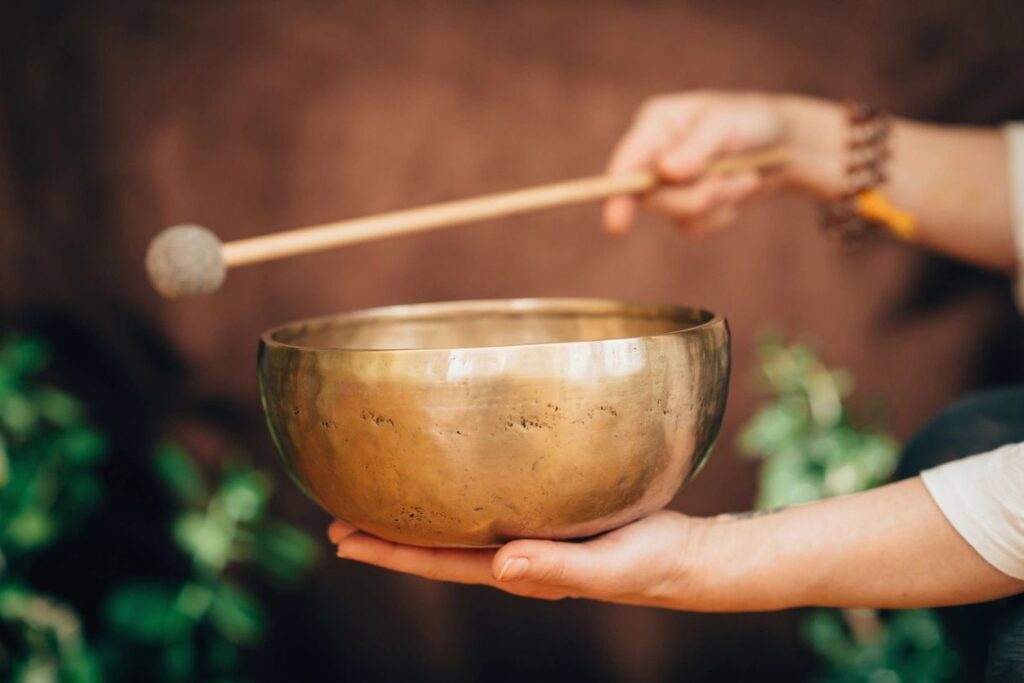
Meditation Postures
One of the first questions a beginning meditator will ask is, "How do I sit in meditation?". We've seen the ubiquitous online postures of a meditator sitting in a perfect pose with a straight back and a look of serenity. It's natural to assume that to meditate "the right way," we must adapt a perfectly executed posture.
I have learned from my experience and watching others meditate that we all have different body types. My body type might be ideal for sitting in a cross-legged position for 45 minutes, while another person may find that extremely painful. Being with our direct experience is very difficult if we are in continuous pain and strain. When I meditate, I start with training adapted from my Nursing practice. First, do no harm. I apply this to my body and my mind. We can begin a meditation practice by befriending ourselves.
Much of this practice is learning how to develop and maintain a healthy relationship with our direct experience. Bringing this attitude of care and kindness on our cushion is a first step in applying it to our everyday lives. Don't start a war with yourself.
Here are options for sitting in meditation. Experiment with each until you know which provides the most comfort and ease in your body and mind.
Beginning with the upper body:
I enjoy starting a sit by bringing my arms overhead, dropping them to my sides, and resting my hands on my thighs with my palms facing down. This movement allows my chest to open and my shoulders to settle down and back. Lengthening through my spine and the back of my neck, I slightly drop my chin and settle into a comfortable, supportive posture feeling the weight of my body as it settles into position.
Cross-legged position (also known as Burmese position) :
1. Begin sitting on a cushion with your hips above your knees.
2. Place one foot in front of the other.
3. Consider adding height under your cushion if your knees do not touch the ground. See the next pose if they still don't touch the ground after adding more height.
4. Allow your hands to rest on your thighs with palms down. If you feel that your shoulders are rounding forward, move your hands away from your knees, allowing your back to straighten and your shoulders to drop down and back.
5. Allow the elbows to rest below the shoulders.
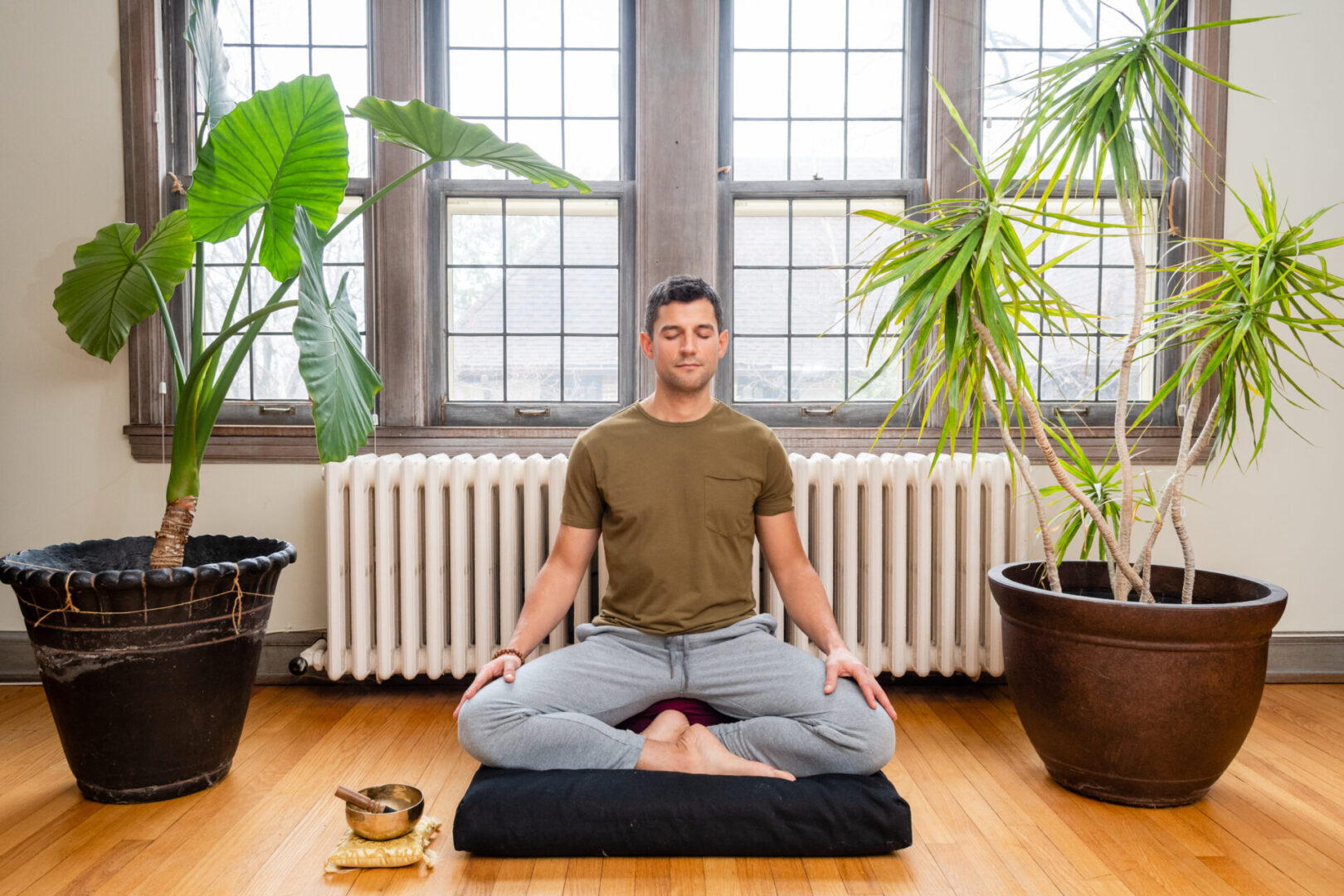
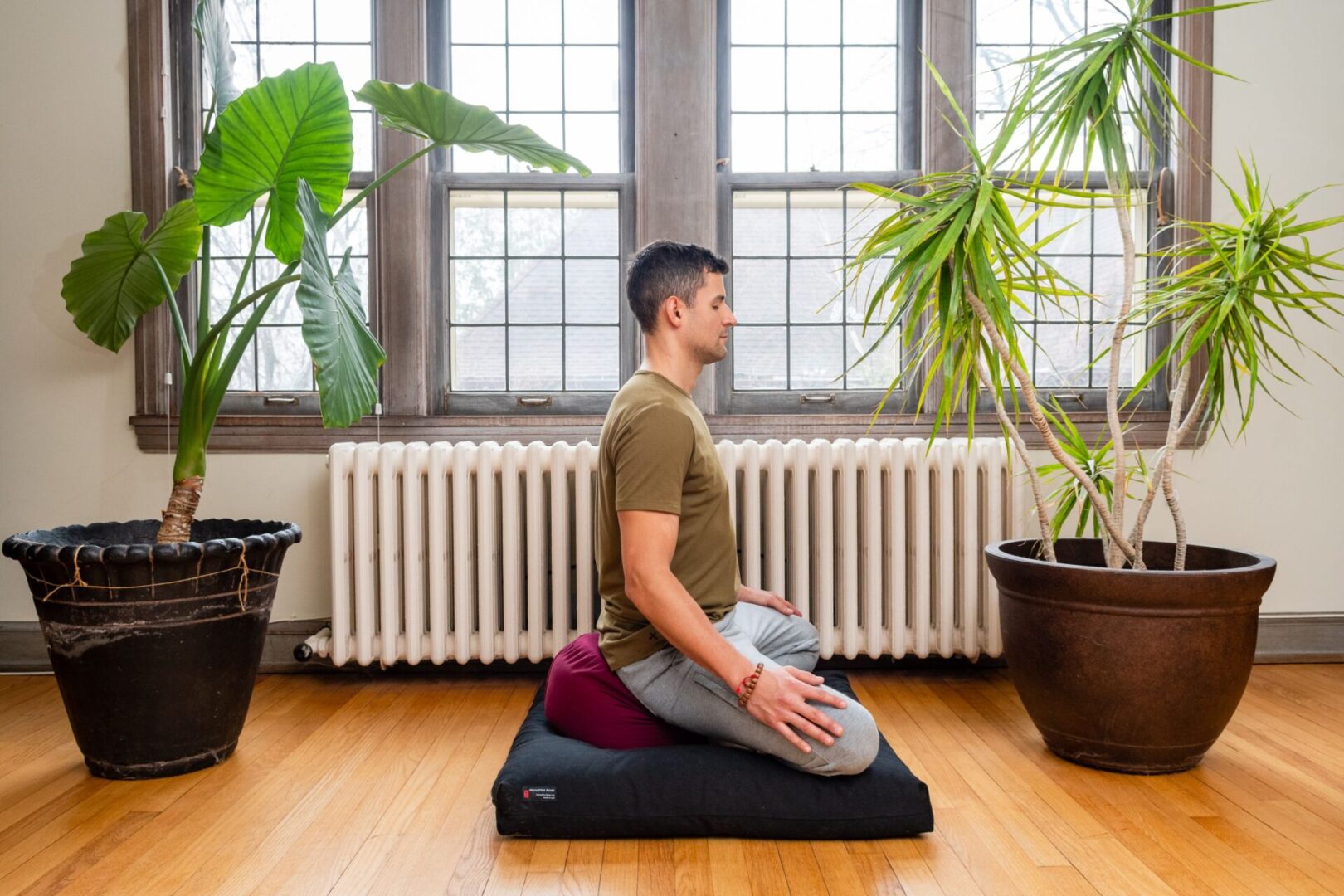
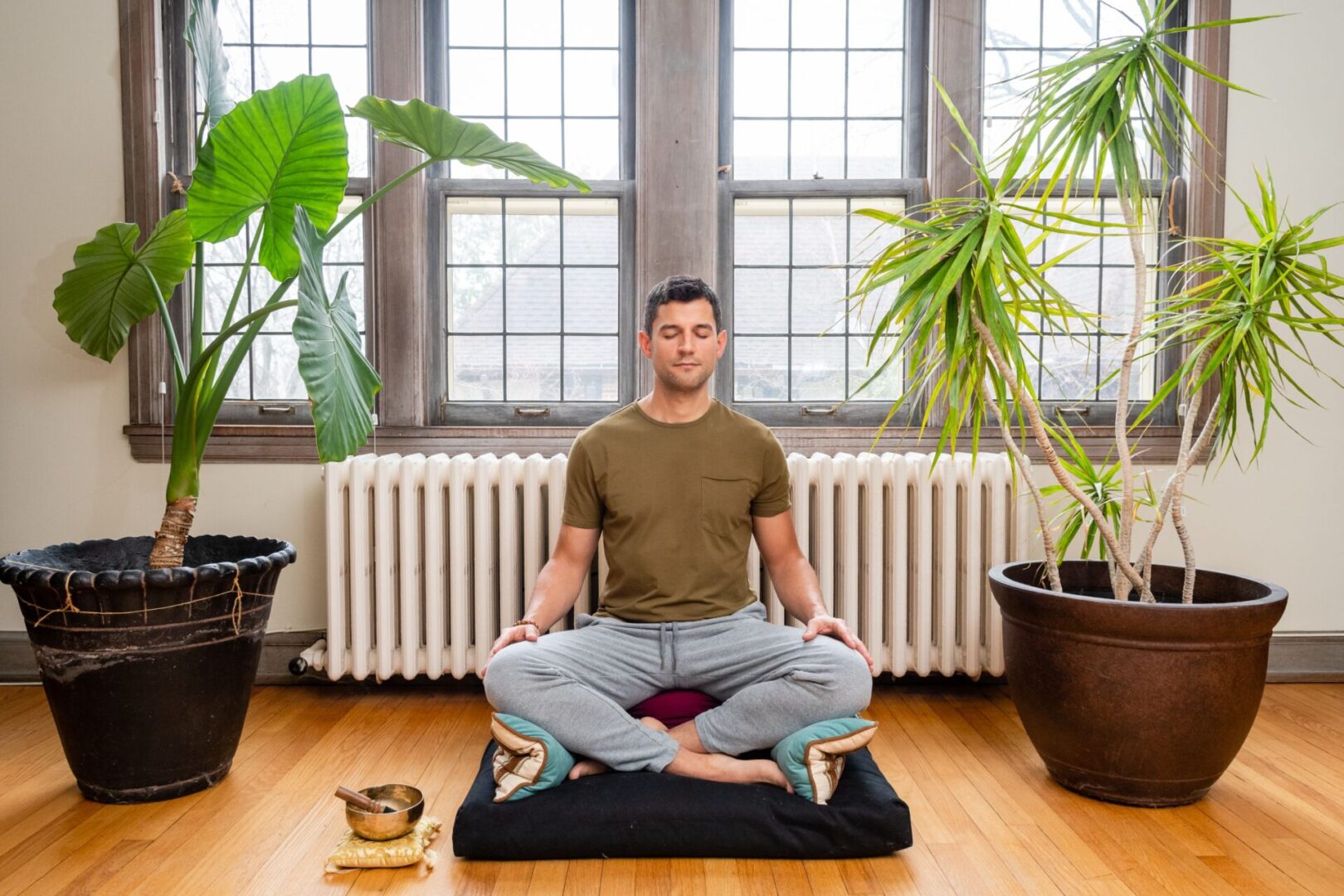
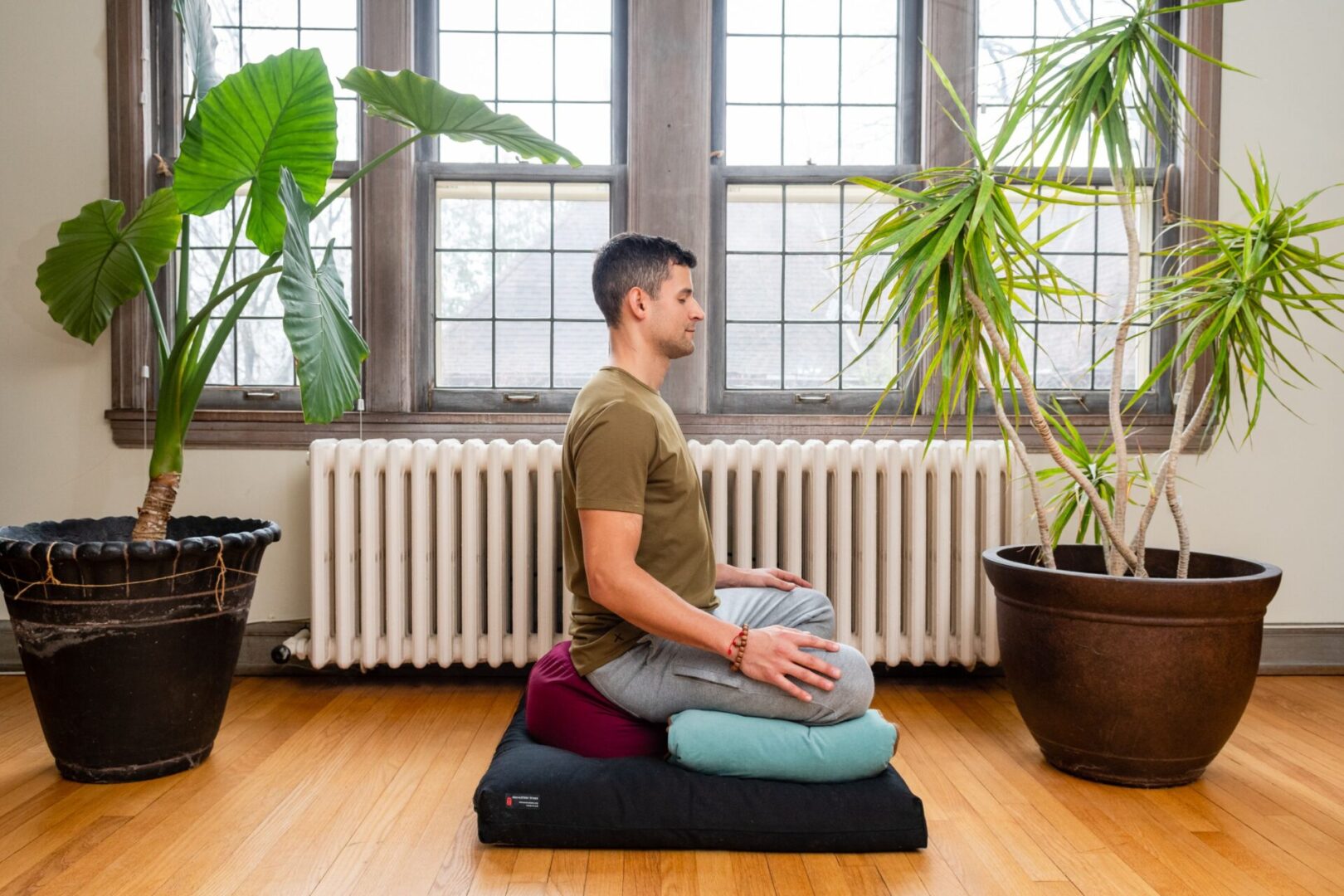
Supported Cross-legged position:
1. Set up your posture as you would for a cross-legged position.
2. Cross your feet at the ankles.
3. Place supportive blankets, pillows, or towels underneath your knees to support them.
4. Place your hands on your thighs with palms down, or rest them in your lap with your elbows below your shoulders.
Hero's Pose:
1. You can use this pose with a meditation bench or cushion, which relieves pressure and tension at the knees and lower back.
2. Place the cushion between your legs with your toes facing back. Rest your bottom on the cushion with your pelvis tilted slightly forward, relaxing your lower back. Knees are hip-width distance apart.
Bench: Slide your legs beneath the bench with your toes pointing behind you with your knees together or slightly apart.
3. Rest your hands on your thighs with palms facing down or in your lap with elbows below your shoulders.
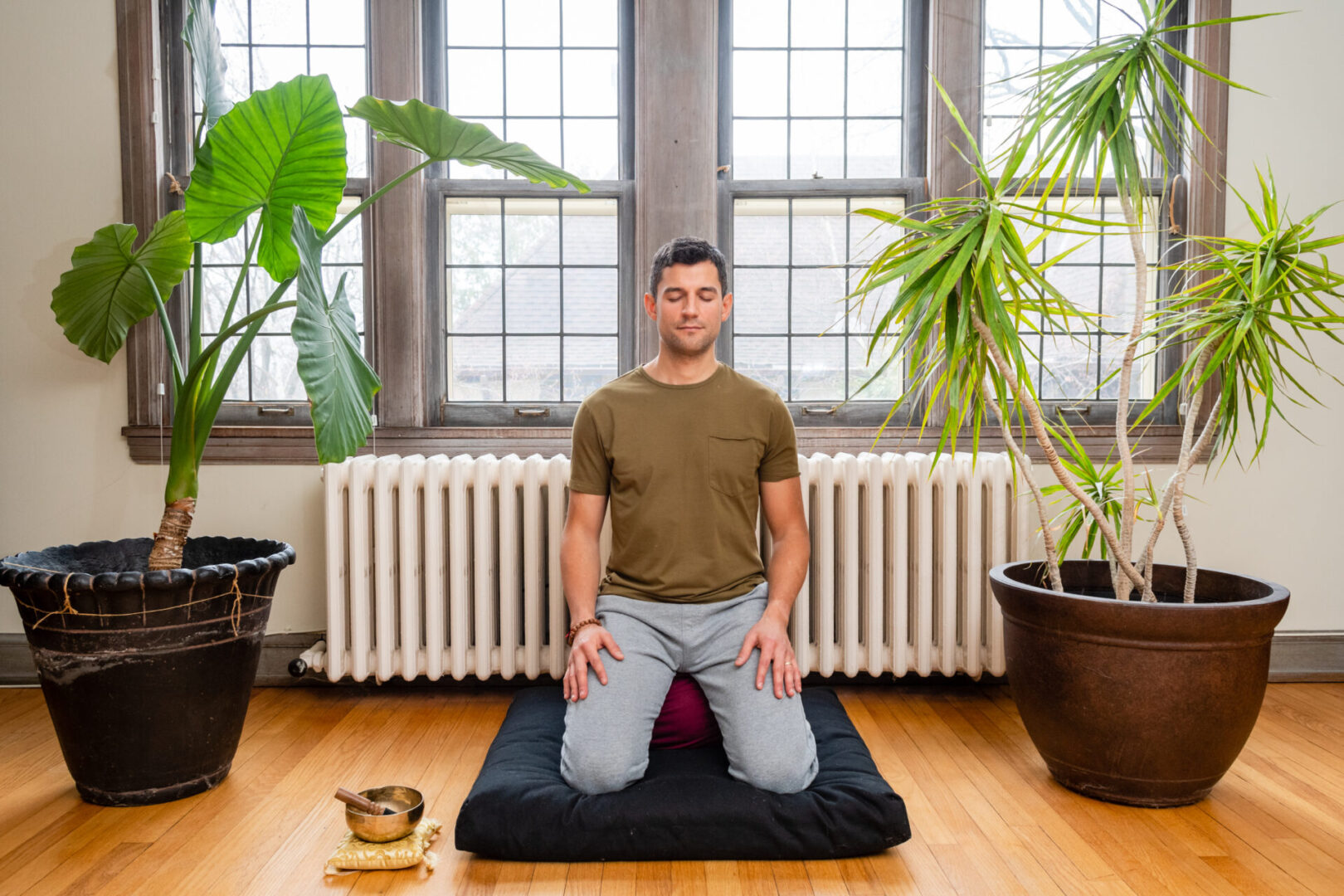
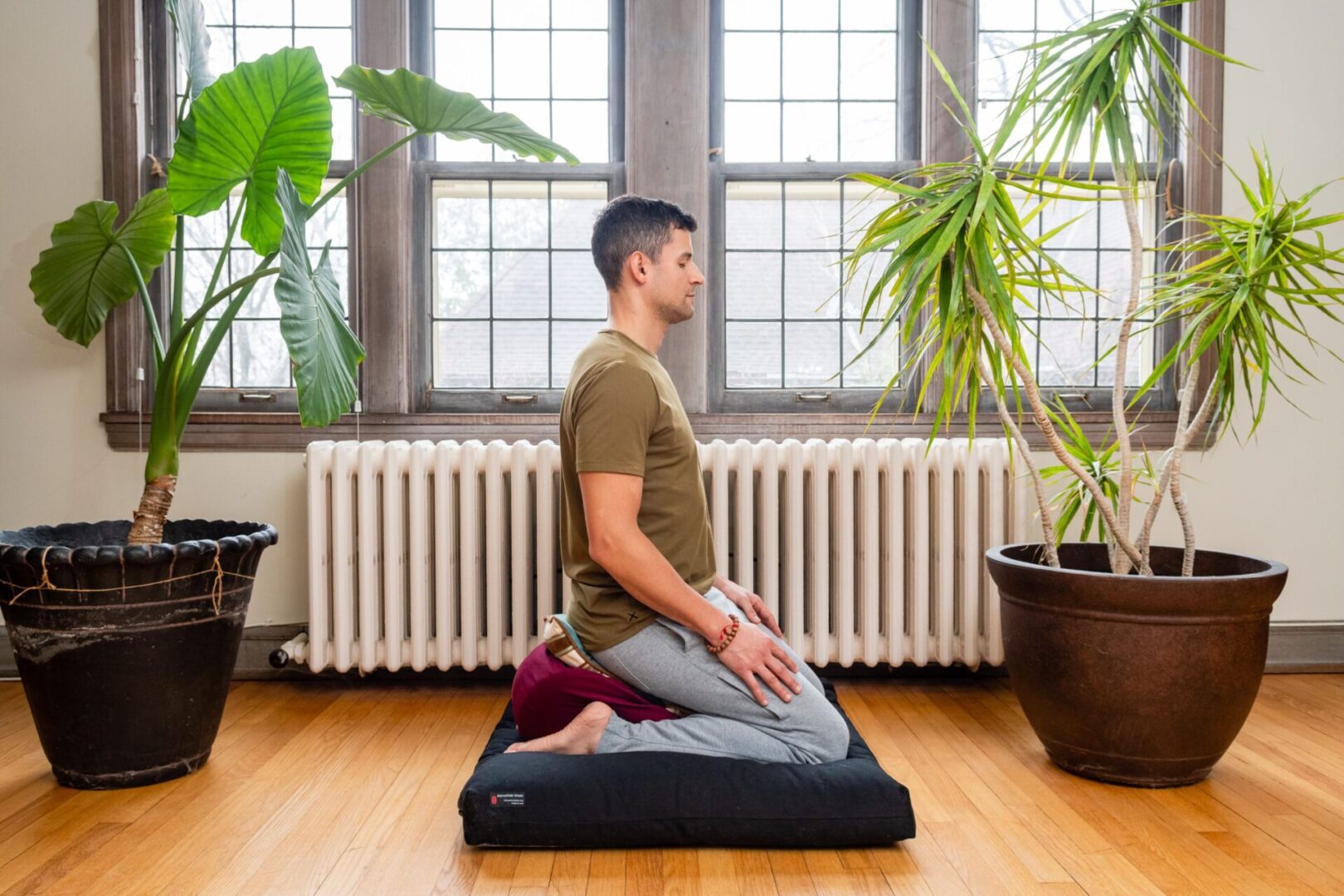
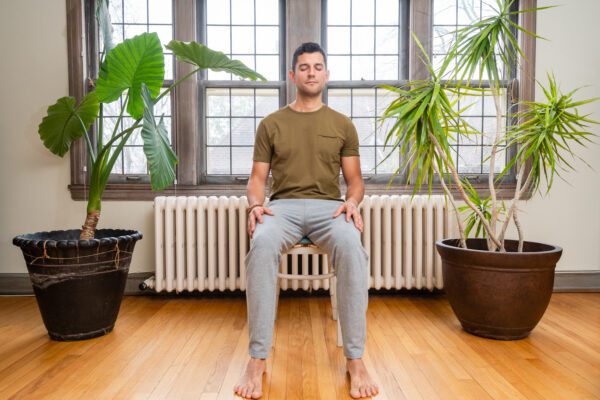
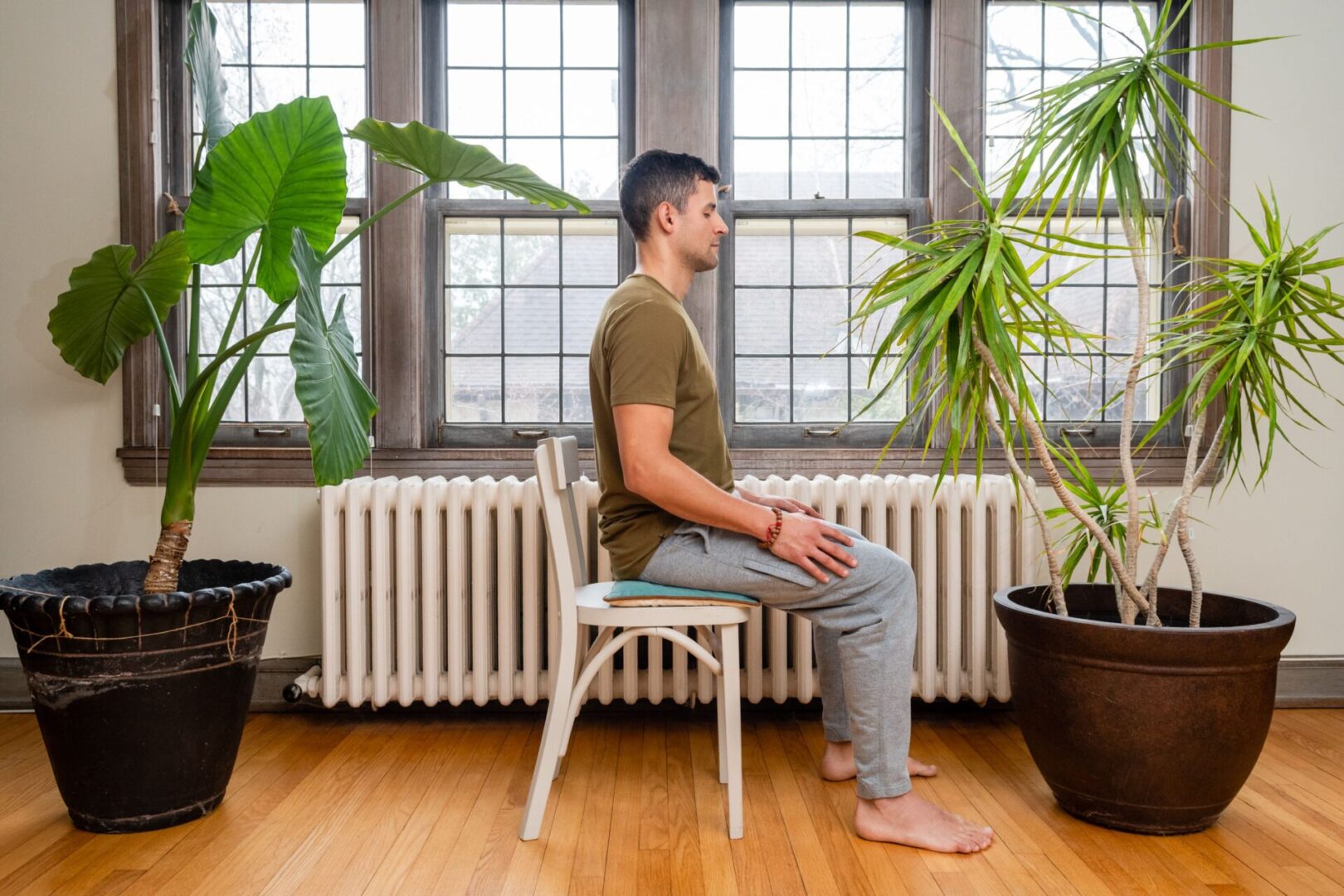
Chair Pose:
1. Sitting in a chair is suggested if you find it painful to sit on the ground. Begin by finding a chair that is firm and stable.
2. Place a pillow or blanket underneath your bottom, allowing your hips to be higher than your knees, relieving tension in your lower back.
3. Sit towards the edge of your seat with your feet beneath your knees.
4. Bring your hands to rest on your thighs and lengthen through your spine.
5. If you need additional lower back support, sit towards the back of the chair. Place a small pillow or folded blanket between the back of your chair and your lower back. Be sure to maintain the rest of your posture, as suggested above.
Standing Meditation
Traditionally, meditation is also offered standing up and lying down.
Standing meditation is a great option if you're feeling tired. Begin by slightly rocking forward and backward, side to side, with eyes open to maintain balance. Once you settle into an even position on your feet, bring your hands to your side or rest them on your chest or belly. Allow the shoulders to drop down and back and lengthen through your spine.
Lying down is helpful if you're experiencing pain in all other postures or cannot be in different poses due to life circumstances. Begin by placing a pillow or rolled-up blanket underneath your knees to release your lower back. Use head and neck support if needed.
Allow the arms to rest at your side. If you're feeling tired, bend your elbows. Have your palms facing each other with your fingers pointed towards the ceiling. This arm position will allow you to know if you're beginning to fall asleep.
